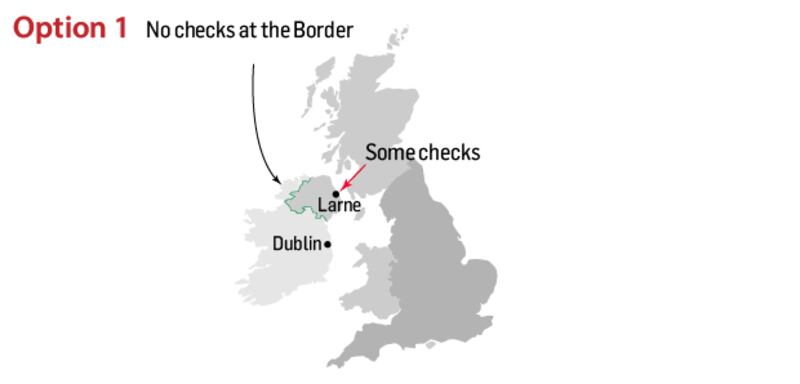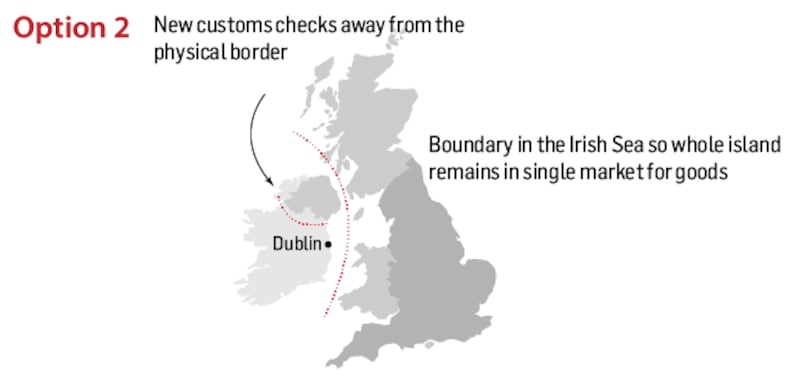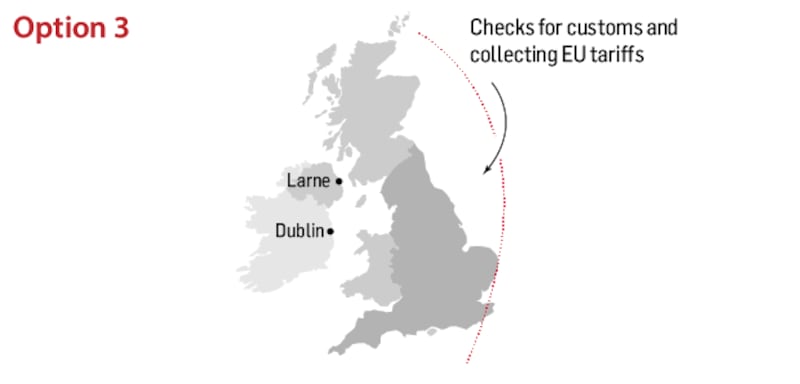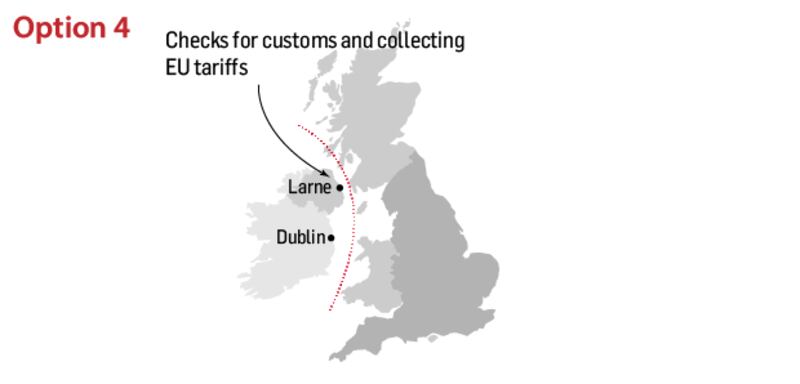The UK's rejection of the Northern Ireland backstop in the Brexit deal and the EU's rejection of an alternative from British prime minister Boris Johnson has left both sides scrambling for a compromise.
The landing zone for a deal may lie in a variation of a proposed customs partnership floated last year by Johnson's predecessor Theresa May.
Johnson moved slightly under his original plan last week to leave Northern Ireland aligned with EU single market rules on goods but only on the basis that the North opted in every four years.
The EU rejected this and the sides remained divided on two main issues: Dublin and Brussels felt a consent arrangement for Stormont could hand the pro-Brexit Democratic Unionist Party a veto over opting into the EU rules.
The EU argued that Northern Ireland exiting the EU customs union with the rest of the UK could create a hard customs border on the island of Ireland, regardless of London’s proposed solutions to avoid one.
The first obstacle appears easier to overcome: the UK's Northern Ireland Secretary Julian Smith said last Thursday that no community in the North would have a veto over the Brexit plans.
The second is the more difficult obstacle to clear.
Talk of a "pathway to a deal" by Johnson and Taoiseach Leo Varadkar after their meeting in on Thursday created optimism that a deal could be reached.
Yesterday, EU member states gave the green light to chief Brexit negotiator Michel Barnier to enter intense negotiations with the UK to find a solution. Since then, talks have continued, though it is clear they will not be easy
So what has been rejected so far and where in those ideas could a compromise be found?

1. Northern Ireland backstop
REJECTED
The original Brexit deal to avoid a hard border would – in the absence of a better future solution – leave the whole of the UK in the EU customs union. This meant goods could move across the Irish Border without checks. Northern Ireland would remain tied with whatever single market rules were necessary to avoid any kind of checks at the Border. This would make checks necessary on some goods moving between Northern Ireland and Britain, such as agricultural products. This proposed exit deal was rejected by the UK parliament three times.

2. Boris Johnson’s original alternative
REJECTED
The prime minister’s original plan would allow the UK to leave the EU as planned on October 31st taking Northern Ireland out of the customs union – the EU’s tariff-free trading area – but aligned with the EU’s single market rules – the EU’s set of common regulations – on goods such as food and agricultural products, but only if Northern Ireland opted in every four years. This proposal was rejected by the EU because it would erect a customs border in Ireland and create two borders, separating customs and regulatory checks.

3. Theresa May’s customs partnership
REJECTED
Before the backstop, this idea would have seen the UK collect tariffs on EU-bound goods for Brussels, removing the potential need for physical checks at the Border. The proposal would have allowed the UK to leave the customs union and strike trade deals with other countries, setting UK tariffs independently of EU rates. The UK would collect tariffs on imports destined for the EU and pay them on to Brussels. The idea never progressed and the EU had difficulties with it.

4. A possible solution
COMPROMISE?
A compromise to the customs conundrum could be found in a more limited version of May’s customs partnership, applied solely to Northern Ireland. The UK, including Northern Ireland, could leave the EU customs union but apply EU customs controls and rules, and collect EU tariffs on goods crossing the Irish Sea into Northern Ireland. Where goods remain in the North or re-enter the rest of the UK, Northern Irish traders could claim back the difference, like a VAT rebate. If products are transported on from the North into the Republic or other parts of the EU, no rebate could be claimed. The more the UK diverges, the tighter the checks would have to be.
One other option to control this would be to operate a channels system for goods at ports in Britain or Northern Ireland: a green channel for goods destined for sale in Northern Ireland and a red channel for goods heading to the Republic. This system could be highly complex and struggle to deal with the complexity and mix of goods transported across the Irish Sea.
However, the whole of the UK would be out of the EU and this plan could have the same benefits as a Northern Ireland-only backstop first favoured by the EU.
And, in that, there may lie a solution, though it is clear that significant negotiation remains to be done.

















